You've probably noticed that a plant-based anabolic compound called turkesterone is taking the supplement industry by storm lately. We recently covered the massively successful launch of Anabolic Warfare's Project Muscle, which has a few different supplements containing the ingredient.
As is usually the case with trends in supplementation, the sudden popularity of turkesterone has sparked fierce controversy, with passionate proponents and equally passionate detractors doing rhetorical battle over the question of how to interpret a pretty small body of turkesterone-related research.
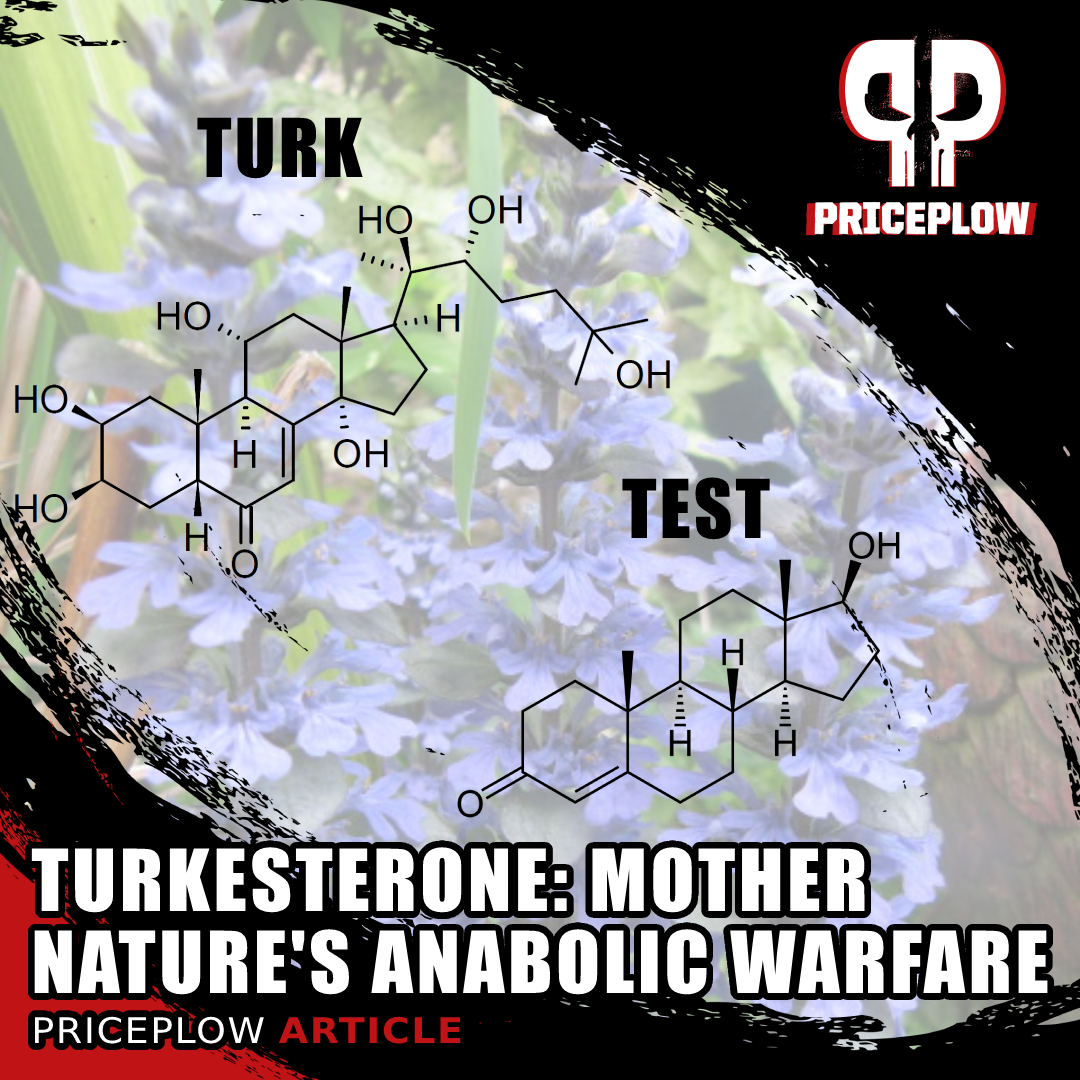
Everyone's been talking about TURKESTERONE lately, and after Anabolic Warfare released Project Muscle, we decided to do a deep dive on it, along with other phytoecdysteroids like ecdysterone. We dug up some studies that nobody else has referenced, many of them going back to the Soviet era. Many think turkesterone overhyped, but the truth is that the data available is MORE impressive than we realized, sometimes outperforming certain steroids.
Combined with ecdysterone, there definitely seems to be serious anabolic potential, and both are found in the ajuga turkestanica plant, so we'd love to see supplement lab tests showing both of those. The biggest question is whether it binds to the androgen receptor or causes a negative feedback loop. For that, we'll need before and after blood tests.
PricePlow likes to do a "special topic" article every once in a while on trends like this in the supplement space, so today we're going to take a look at turkesterone – what it is, what it isn't, and the current state of the scientific literature on this subject.
An introduction to Phytoandrogens
Most of us are familiar with the concept of a "phytoestrogen," but much less has been said about phytoandrogens. In foods like pine pollen and spinach, there are phytonutrients analogous to testosterone – which, like testosterone, are thought by some to have similar effects such as promoting libido and lean mass gain, and assisting in the management of stress.
One of these phytoandrogens is making waves right now, riding on huge claims being made about its anabolic properties. Known as turkesterone, this molecule falls into a class of molecules called ecdysteroids, from the Greek ékdusis meaning "shedding" and the English steroid, a word which surely needs no introduction. The concept of a "shedding steroid" comes from the function of ecdysteroids in insects, which is to induce molting and the growth of a new outer shell.[1]
However, as we'll see, ecdysteroids are not really androgens. Although they have anabolic effects like androgens, they do not act on androgen receptors or androgen pathways.[2,3]
In fact, ecdysteroids don't just govern molting – they regulate all the development and reproduction of plants (where they are called phytoecdysteroids) and insects.
The million-dollar question we'll be examining today is: does the ecdysterone turkesterone have the anabolic, pro-metabolic effects it's claimed to have?
Phytoecdysteroids: a primer
The first thing to notice about phytoecdysteroids is that they are synthesized by plants from cholesterol[4] (yes, plants use cholesterol) – a fact that will cause any student of testosterone to perk up their ears. As most of us probably know, our testosterone is also synthesized from cholesterol,[5] so right away we should be thinking that we're in "hormone territory".
Things get even more interesting when we compare the structure of turkesterone to that of testosterone:
There are many kinds of phytoecdysteroids – literally dozens, if not hundreds. In the Blechnaceae family of ferns alone, there are at least five different ecdysteroids, each with a distinct (but very similar) chemical formula, yet one basic commonality: a structure based on four carbon rings with hydroxyl and ketone groups at or near certain key positions.
Note on a key difference between androgens and phytoecdysteroids
The putative health benefits of phytoestrogens come from the fact that they are able to interfere with the actions of other estrogens, by occupying the estrogen receptor and thus "displacing" stronger forms of estrogen.[2,6]
Naively, we would probably expect the same to be true of phytoecdysteroids: because of their anabolic effects, we might be tempted to consider them to be androgens, and to act on androgenic receptors.
However, this is not necessarily the case. There's a pretty large body of research showing that the most well-studied phytoecdysteroid, ecdysterone (also known as 20HE) exert its anabolic effects by occupying certain estrogen receptors.[2,7]
Here's a direct quote from Parr, 2015[2] –
"Conversely to anabolic-androgenic steroids (AAS) that increase muscle mass mainly through their binding to the androgen receptor (AR), no nuclear receptor that is homologous to the ecdysone nuclear receptor found in insects has yet been described in mammals so far.[8] Only recently, binding of ecdysterone to the human ERβ (ED50 = 13 nM) could be shown in cell culture experiments and induction of hypertrophy in C2C12 cells was shown to be mediated by the ERβ activation"[2]
Note that "ERβ" refers to estrogen-receptor beta.
Although the various forms of estrogen get a bad rap in an age where xenoestrogenic compounds abound, and estrogen dominance is an emerging public health concern,[9] estradiol and other mammalian estrogens do have certain masculinizing effects, and benefits for human health in general – this can be seen in research showing that the stimulation of estrogen-receptor beta, even with estrogens, can increase skeletal muscle synthesis.[10]
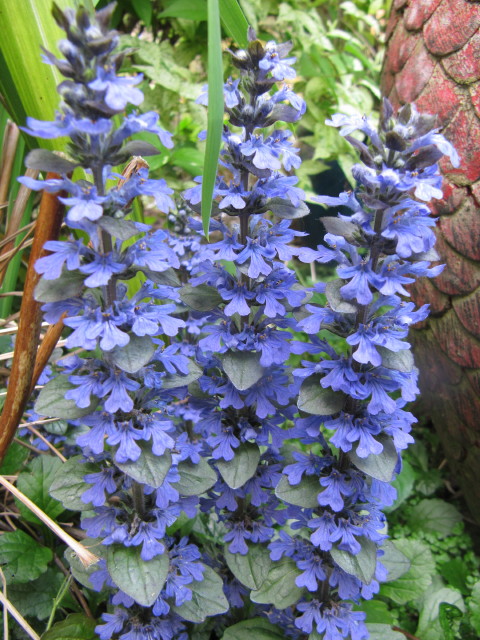
Ajuga Turkestanica is a powerful plant with numerous phytoecdysteroids inside. Image courtesy Wikimedia Commons
We should also think about what it means when phytoecdysteroids, which do not have any significant estrogenic activity, occupy estrogen receptors instead of estrogen itself. Theoretically, this should reduce the overall estrogenic burden of the body. And in fact, rats that take certain phytoecdysteroids do show lower levels of serum estrogen.[11] Presumably, this is because stimulating the estrogen receptors causes negative feedback, downregulating the production of endogenous estrogens. But to our knowledge, no research study has examined this question yet, so take our speculation with a grain of salt.
Perhaps the biggest advantage phytoecdysteroids have over traditional AAS compounds is that because many do not interact with androgen receptors (ARs),[2,3] supplementing with phytoecdysteroids will not necessarily cause the unwanted side effects that are typically associated with AAS use, such as downregulation of endogenous testosterone production through negative feedback, or increased estrogen levels from aromatase acting on the surplus androgens.
In both animal models and human studies, it has been shown repeatedly that phytoecdysteroids do not alter serum testosterone levels, or any other aspect of the endocrine system.[12]
Phytoecdysteroid Research
Since turkesterone is a type of phytoecdysteroid, we can give ourselves a little background by briefly looking at research into other phytoecdysteroids.
This is especially useful because although there hasn't been much research on turkesterone specifically, there has been a lot of research on other phytoecdysteroids, ecdysterone (20HE) being probably the most extensively-studied.
Ever since Soviet bodybuilders were suspected of using 20HE as a doping agent in the 1980s,[2] scientists have been interested in discovering whether this compound and its relatives are as effective as the rumors suggest.
Please note that ecdysterone goes by several names – it is also referred to as 20-Hydroxyecdysone (20HE or 20E) or simply "ecdy" for short. A great review on 20-Hydroxyecdysone concluded that "20E shows many beneficial pharmaceutical effects in mammals and is non-toxic" and is worth reading.[13]
Phytoecdysteroids as Anabolic Compounds
Much of the research has been done with in vivo models, and the results have been generally positive.
The result was, amazingly, that ecdysterone outperformed the traditional AAS drugs.
In one study from 2019, researchers gave rats a preparation of ecdysterone (also known as 20HE or ecdy) a specific phytoecdysteroid found in spinach as well as other plants,[14] and concluded that ecdy had significant anabolic effects, increasing muscle fiber size in the rats as well as IGF-1,[7] a known and potent anabolic growth factor.[11] This reproduced effects that had already been seen in the late 1990s by Russian researchers.[15]
Interestingly, this study also showed that ecdy decreases serum estradiol (estrogen) levels – meaning that ecdy doesn't just displace estrogen at the receptor, it also has some kind of directly anti-estrogen effect. The researchers in this study were also able to corroborate the idea that phytoecdysteroid action takes place in estrogen receptors – they were able to antagonize the action of ecdy with an anti-estrogen drug, but not an anti-androgen drug.[11]
In another animal model, this one from 2015, researchers gave Wistar rats a variety of anabolic drugs alongside ecdysterone (ecdy), including some heavy-hitter androgenic anabolic steroids. In this study, all the drugs (including ecdy) were given to the rats in the same dose (5 mg/kg of body weight per day), along with an inert control. Given that these compounds are all close analogs of each other (except for the SARM), using the same dose for each makes sense: you are trying to figure out which is the most anabolic pound-for-pound, after all.[2]
The result was, amazingly, that ecdysterone outperformed the traditional AAS drugs. Rats who were given ecdy showed nearly a two-fold increase in the thickness of their soleus muscle – way above and beyond what estradienedione (EDD), metandienone (MD) and SARM S 1 (S1) were capable of achieving.[2]
This is a remarkable finding, because all three of the active drugs being compared to ecdy are such powerful anabolic compounds that they're all banned by the World Anti-Doping Agency (WADA) for use in athletic competitions.
In fact, you might recognize estradienedione and metandienone by their more common names: tren and dbol.
That's right. In rats, ecdysterone was more anabolic than dbol and tren. And ecdy didn't outperform them by a little bit – it outperformed them by a lot.
The researchers who performed this study conclude their paper by writing that "with respect to doping prevention the high anabolic potency of ecdysterone justifies its classification as an anabolic agent and therefore needs to be listed in the category "S1 Anabolic Agents" of the list of prohibited substances of the World Anti-Doping Agency."[2]
You know it's good when scientists are recommending that WADA ban it.
2019: Additional Human Research on collegiate athletes
Animal models are great, but what about humans? Can these results be replicated in people who are training under real-world conditions?
A team of German researchers set out to answer this question in 2019. They divided collegiate male weightlifters into four groups: a placebo-controlled group, a first ecdysterone group, a second ecdysterone group, and a control group. The placebo group and the two ecdysterone groups all undertook the same regimen of barbell strength training focused on compound movements, the difference between the ecdysterone groups being the size of the dose: ecdysterone group #2 took four times the amount as group #1.
The control group took ecdysterone without training.
While all three training groups increased their 1 rep maximums on back squats and bench presses, the ecdysterone groups saw significantly greater gains than the placebo group.
The effects of ecdysterone on mass were similar: groups taking ecdysterone gained significantly more muscle mass than either the placebo group or the control group.
We wish there were more to write about this study, but there isn't. It's cut and dry: ecdysterone has significant anabolic effects in human males undergoing resistance training. The researchers behind this study conclude, similarly to the team whose study we discussed above, that "This project demonstrates the performance-enhancing effect of ecdysterone in humans. Thus, our results strongly suggest including ecdysterone in class S1 "Anabolic Agents".[12]
Caution to drug-tested athletes: likely to get banned by WADA
You know it's good when scientists are recommending that WADA ban it.
Athletes should take note of this: it is possible that at some point in the near future, WADA will take action against phytoecdysteroids. Don't assume that something you can take today will remain permissible in the future: stay up to date on current trends and regulations.
Phytoecdysteroids as Adaptogens
But there's more to muscle growth than directly stimulating muscle protein synthesis through ER-beta activity. There are many other factors in the gains you'll get from your training, including but not limited to your stress hormone levels and your energy levels. Phytoecdysteroids can potentially help improve those factors.
Effects on the Central Nervous System
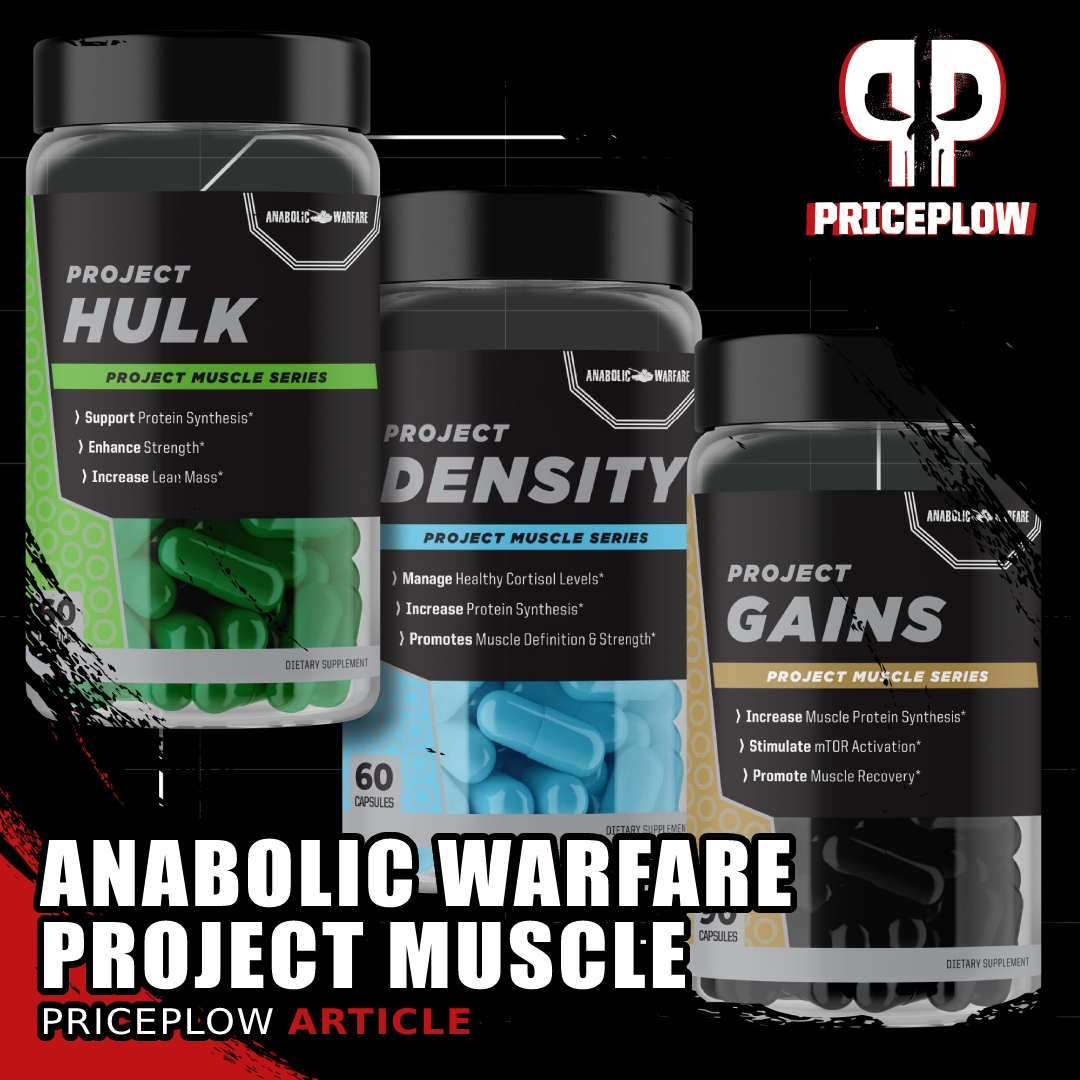
The next wave of warfare is here from Austin, TX based Anabolic Warfare -- Project Muscle! Inside we introduce the eleven incredibly unique supplements, three of which lean on epic anabolic plant-based ingredient, turkesterone.
Ecdysterone (20E) was identified decades ago as a compound that can increase the activity of glutamic decarboxylase, the enzyme that convert glutamate to gamma-Aminobutyric acid, also known as GABA.[16] Since GABA plays a central role in restful sleep,[17] which is the foundation of of athletic recovery, anyone who's training hard wants to ensure that their GABA pathways are functioning at peak efficiency.
In rats, 20E also has been shown to increase the activity of acetylcholinesterase,[18] the enzyme that breaks down acetylcholine.
What GABA and acetylcholinesterase have in common is their parasympathetic activity – they "put the brakes'' on the sympathetic nervous system, shifting the body and the brain from "vigilance" mode to "recovery" mode. Thus the parasympathetic activity of ecdysterone can help explain why the phytoecdysteroids are considered to have "adaptogenic" or "anti-stress" effects.
Effects on the Liver
In animal models where liver damage is pharmaceutically induced, ecdysterone and other phytoecdysteroids have been observed to accelerate healing,[19,20] or to prevent liver damage when used as a pre-treatment before the administration of a liver-damaging substance.[21]
Given the association between impaired liver function and low testosterone,[22,23] anyone who's trying to maximize their anabolic response should be interested in protecting their liver. And if you have liver injuries from using you-know-what, phytoecdysteroids might be able to help.
Effects on Immunity
Low serum concentrations of phytoecdysteroids can activate human lymphocytes[24] and T-cells,[25] which should directly increase the function of the immune system.
As discussed above, phytoecdysteroids have direct anti-estrogenic activity, which as been demonstrated by decreases in serum estrogen among rats who take them.[11]
Lowering estrogen levels is well and good, but we should also ask whether this can have any clinical significance. There's reason to believe the answer to this question is probably yes: phytoecdysteroids have been shown to inhibit the growth of estrogen-dependent breast cancer cells in vitro.[26]
Turkesterone: the evidence
The first question we have to ask is: what is turkesterone?
Strictly speaking, turkesterone is a specific phytoecdysteroid found in the plant Ajuga turkestanica. Importantly, it is not the only phytoecdysteroid derived from that plant. Ecdysterone among others is also found in A. turkestanica, which is part of the reason we discussed ecdysterone extensively above: many supplements marketed as "turkesterone" are not pure turkesterone, but rather an extract of the plant A. turkestanica. This extract contains both ecdysterone (also known as 20-Hydroxyecdysone)[27] and turkesterone.[27]
In fact, there are at least eight (8) different phytoecdysteroid compounds contained in A. turkestanica.[27] As we discussed earlier, there are literally hundreds of different phytoecdysteroid compounds that have been identified by science, all with closely analogous structure and function.[4] The other six phytoecdysteroids in A. turkestanica probably have anabolic effects resembling those of turkesterone and ecdysterone – probably – but unfortunately, discussing all eight is beyond the scope of this article.
But since we know from our foregoing discussion that ecdysterone is a powerful anabolic and adaptogenic substance, it should be pretty obvious that using an ecdysterone-containing extract of the plant, rather than pure turkesterone, is not necessarily a bad thing.
Turkesterone is very similar in formula and structure to ecdysterone – researchers who study it describe it as an analog of ecdysterone.[27,28] We saw in our above discussion of ecdysterone research that ecdysterone outperformed the anabolic effects of dbol in a rat model. So now you're probably all asking the same question: can turkesterone deliver those kinds of results?
In a 1998 study from the Uzbekistan Academy of Sciences, researchers put two different preparations of turkesterone (isolated from different parts of the A. turkestanica plant) head-to-head with methandrostenolone, another form of the AAS dbol.[29]
The results were downright astonishing. Both preparations of turkesterone performed as well as dbol at increasing the body mass and organ size of the rats that took them.[29]
The anabolic effects of turkesterone were greater than those of dbol in rats.[29]
These numbers speak for themselves – again, dbol is a mainstay AAS among bodybuilders, famed for its incredible anabolic effects, so the discovery that a safe, plant-derived compound without any of the traditional AAS side effects could match it is potentially revolutionary.
Negative Turkesterone Studies
Of course, whenever we get such an amazing result from a study, we have to ask ourselves: is it too good to be true? Can it be replicated?
Unfortunately, because turkesterone research is in its infancy, there's not a very large sample set of research studies that we can use to make generalizations about whether turkesterone works.
With that in mind, we would like to discuss one study, with a similar design, that had a result contrary to the one we just finished discussing above.
In this study, researchers gave a group of elderly rats (20 months old, the equivalent of about 60 human years) a solution of 5.85% turkesterone, and tracked changes in their muscle tissue over time.[30] Another experimental group received ecdy/20HE, which we've discussed extensively above. Their goal was to establish whether the phytoecdysteroids' putative anabolic effects would be strong enough to offset age-related muscle loss (sarcopenia).
Unfortunately, these researchers found that compared to an age-matched control group, the rats that got the turkesterone solution showed no significant difference in their progression of sarcopenia.[30]
Before we get too disappointed, there are a couple of things to keep in mind: first, the study where turkesterone outperformed dbol was done in sexually immature rats.[29] It could very well be the case that turkesterone and ecdy have pronounced anabolic effects in relatively young organisms, but not old ones.
Another thing to note about this study is that it was done in sedentary mice – the mouse study where 20HE thickened the soleus fibers was designed to actively stimulate the muscle being studied. In other words, it could be the case that the phytoecdysteroids do have anabolic effects in aging muscle, but require muscle stimulation (resistance training) for those effects to be triggered.
Still, we can't say for sure – turkesterone studies are few and far between, and although ecdysterone is better-studied, there still needs to be a lot more research done. Until then, this is all just speculation.
The Safety Profile and Dosing of Phytoecdysteroids
Put simply, in none of the animal or human studies we've discussed did researchers observe any adverse effects caused by phytoecdysteroid supplementation.
"20E shows many beneficial pharmaceutical effects in mammals and is non-toxic"[13]
- In the German study of collegiate weightlifters – a study where ecdysterone was given in a clinically significant dose, leading to significant gains in lean mass and strength – researchers concluded that "side effects that are explicitly attributable to ecdysterone supplementation could not be demonstrated."[12]
- A 2020 research review on dietary phytoecdysteroids also states that "...ecdysteroids are regarded as nontoxic to mammals. Also, no effects were seen after the administration of these two ecdysteroids to bullfrogs or rabbits."[31]
- A 2003 research review points out that "ecdysteroids have a very low toxicity (LD50 > 6g/kg), they are not hypertensive and, in spite of their anabolic action, they would have neither androgenic nor oestrogenic (or antioestrogenic) effects."[32]
However, absence of evidence is not evidence of absence. Be smart, don't go overboard – stick to the manufacturer's recommended dose, and look for supplements with third-party lab tests published.
Also don't take unnecessary risks with high doses - if the German weightlifting study is any indication, the gains from increasing the dose of phytoecdysteroids was not linearly dose-dependent. Recall that in that study, ecdysterone group #2 took 4x the dose of ecdy group #1, but didn't show significantly greater gains in strength or size compared to group #1.[12] There seems to be a law of diminishing returns.
A special word of caution about turkesterone
Although we've seen from our foregoing discussion that some phytoecdysteroids (i.e. ecdysterone/20HE/ecdy) have anabolic effects without binding to the androgen receptor, this is not the case with turkesterone.
There is some dispute that we are still chasing down. One industry researcher has claimed that a study has actually shown that turkesterone (the molecule, as opposed to the whole-plant extract of A. turkestanica) does have affinity for the androgen receptor, which is contrary to everything you'll read online. We're still looking for that citation.
This could imply that turkesterone might actually cause some negative feedback in the testosterone-synthesis pathway, ultimately downregulating the body's endogenous production of testosterone, in much the same way that anabolic steroids can if not used and cycled properly. As a counterpoint, note that there are many naturally-occurring compounds that bind to the AR (as well as ER and CR) that don't cause feedback loops -- they simply just activate the enzyme.
Again, there's simply not enough evidence to say that which is the case – but there's also not enough evidence to rule it out. Nor is there enough evidence to say where the line between a harmless and a PCT-requiring dose might be.
Be safe: see a doctor and get blood work
Ultimately, consulting with a doctor while getting lab tests before and after supplementation is the smartest plan. The lab tests we'd be most interested in seeing are the following:
- Free and Total Testosterone
- SHBG (Sex Hormone Binding Globulin)
- LH (Luteinizing Hormone) and FSH (Follicle Stimulating Hormone)
- Estradiol
- Hematocrit and Red Blood Cell Count (RBC) (these are generally provided in a CBC with Differential Blood Test)
- Lipid Panel
The majority of these can be had through a male hormone panel, lipid panel, and CBC, but estradiol may have to come separately.
So use your judgment, and if you're worried about this, you can consider opting for a pure preparation of ecdysterone instead of turkesterone.
Where can I get well-tested turkesterone?
As mentioned in the introduction, Anabolic Warfare Project Muscle is what really brought us to turkesterone. It includes a few supplements containing the ingredient that you can read about in our article titled Anabolic Warfare Project Muscle Kicks Off with HULKing Success.
Moving forward, this area will include supplements from trusted and reliable manufacturers that provide third-party lab tests. We're interested in seeing lab tests that include not only turkesterone, but ecdysterone content as well. Extracts that include both may be most powerful.
Conclusion: There's definitely something here
The idea that some phytoecdysteroids could deliver the primary benefits of anabolic steroids, potentially with virtually none of the drawbacks, sounds too good to be true – but that is what the (very preliminary) research literature on the subject currently indicates.
Granted, the public research on this topic is still in its infancy, at least when it comes to pure turkesterone. There are some extremely promising animal studies on pure turkesterone, but the evidentiary support for its use is not as robust as that of ecdysterone.
Plus, there are some lingering safety questions about pure turkesterone and its effects on the androgen system. Turkesterone, unlike ecdysterone, might have negative effects on androgen synthesis - we need to see more research and some before and after blood work that includes the list shown above.
The bottom line is that we don't recommend turkesterone for everybody – if you want to try pure turkesterone (the molecule turkesterone, as opposed to the whole-plant extract that contains turkesterone and is often referred to as turkesterone), talk to your doctor, do your research, be extremely careful, and prepare to pay for some blood draws.
Otherwise, if you're looking for the more well-researched phytoecdysteroids, start with ecdysterone, which has a much greater research profile than turk.
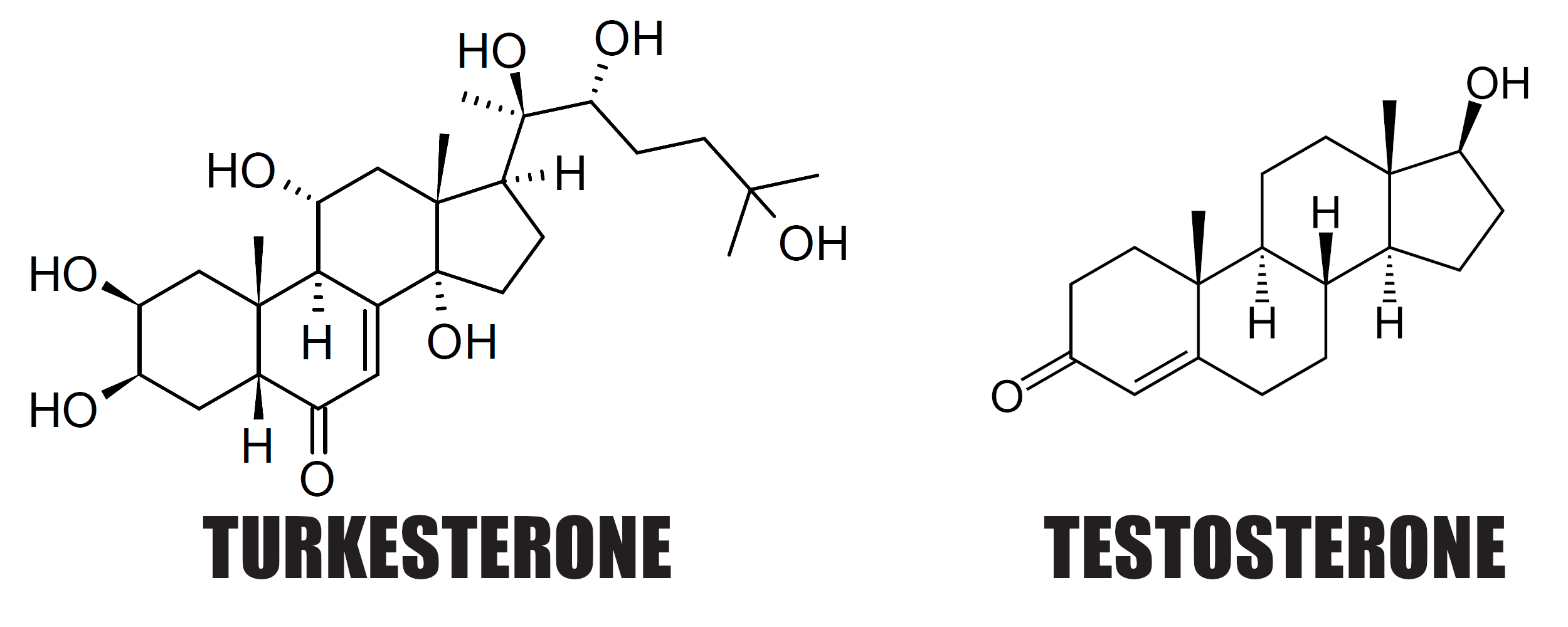
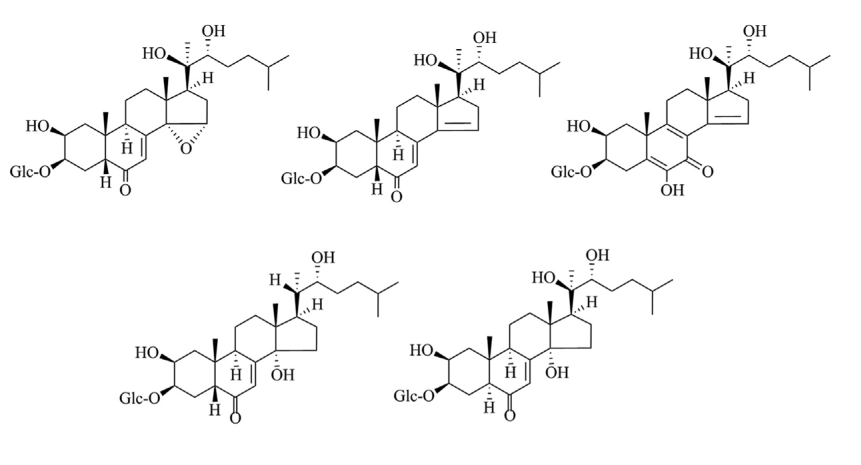
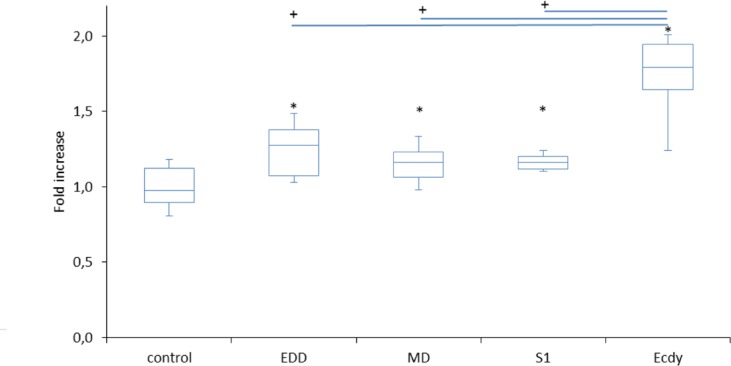
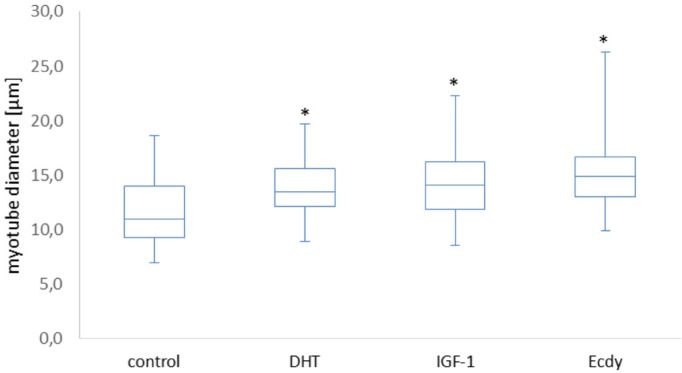


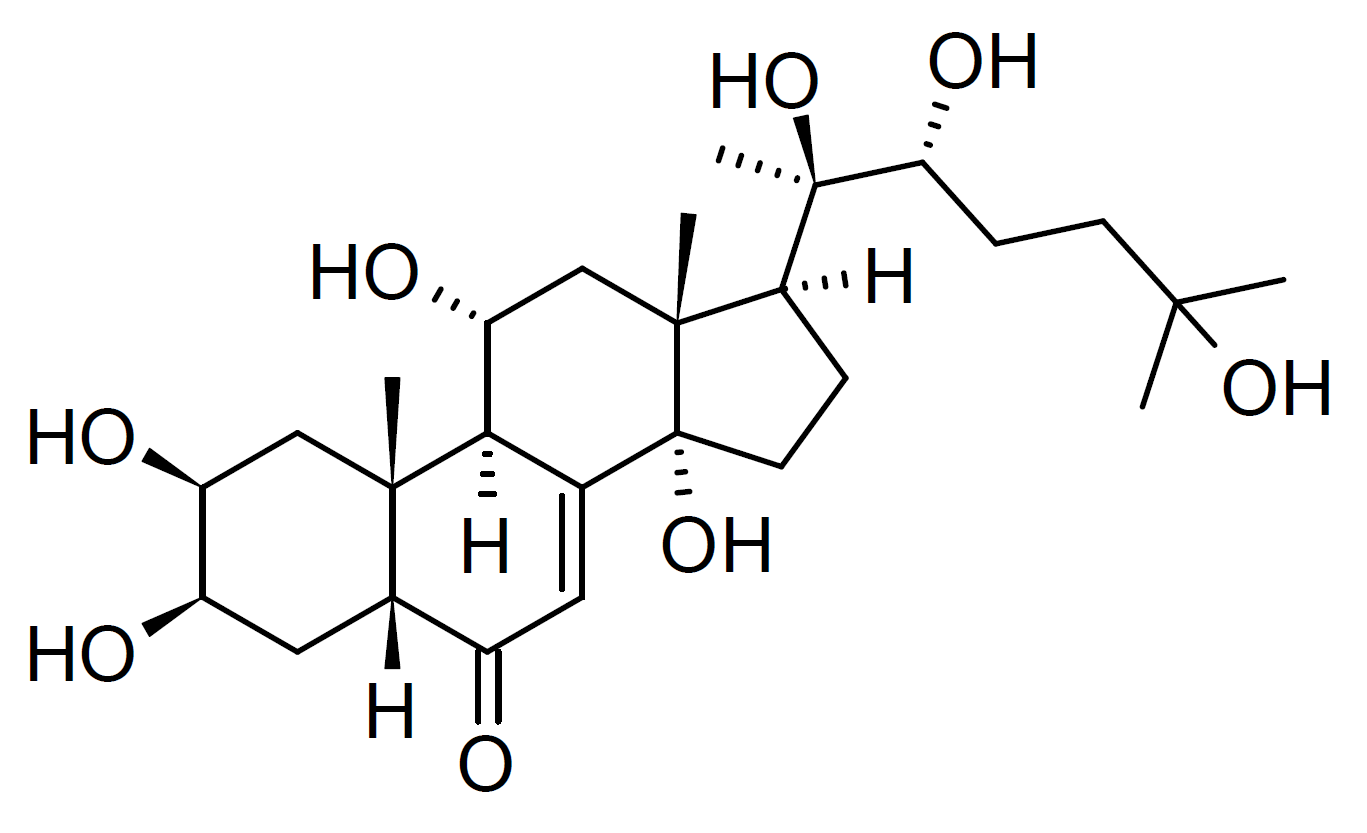
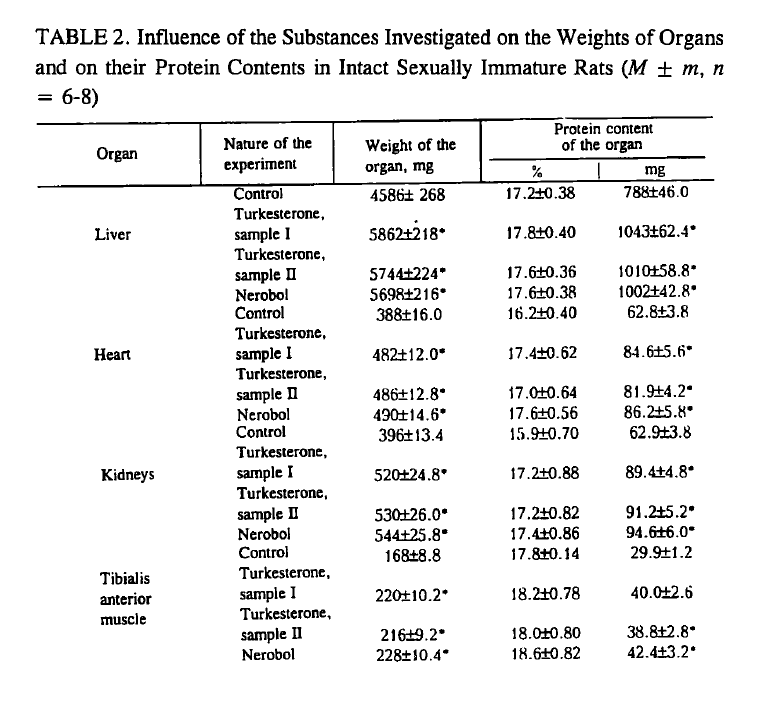
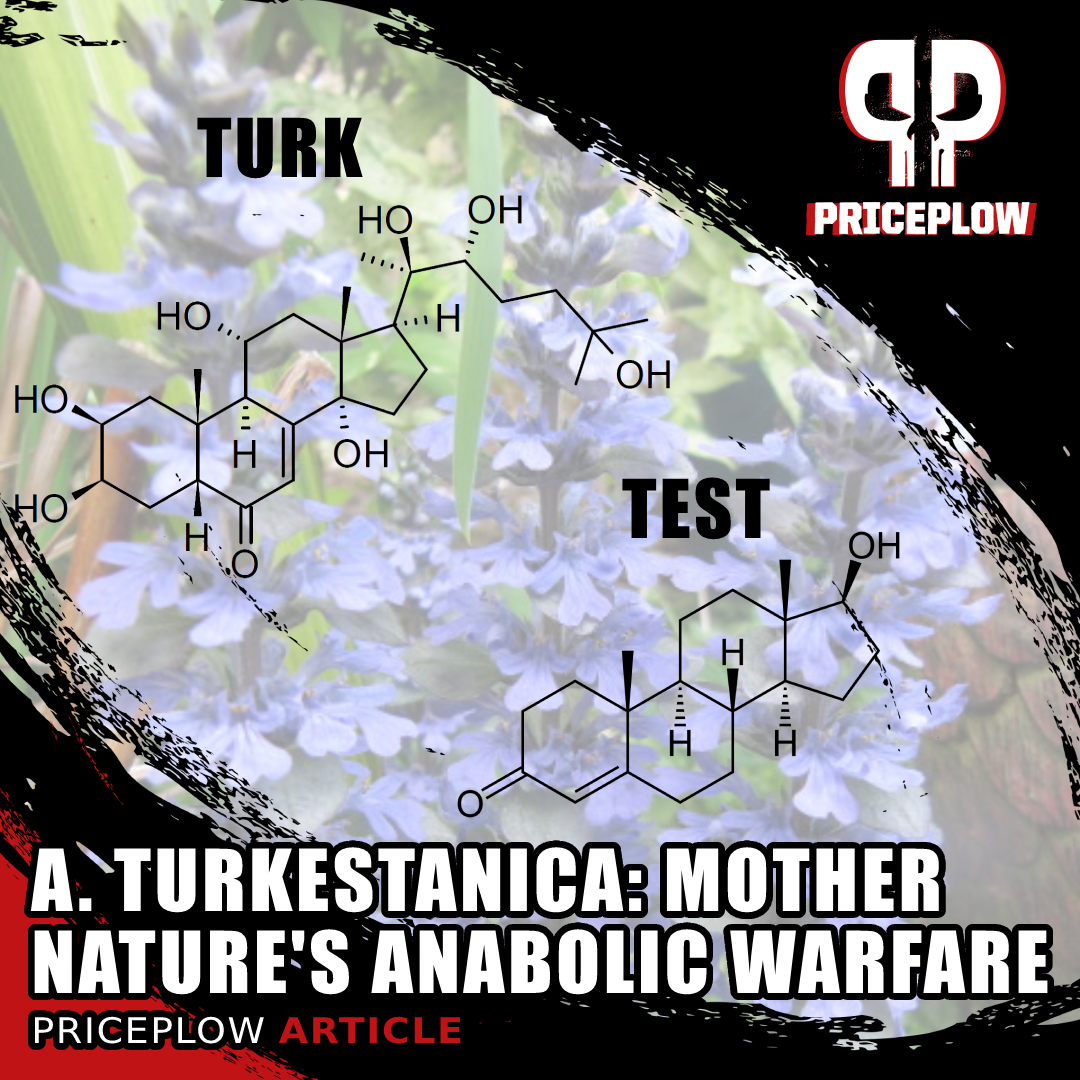
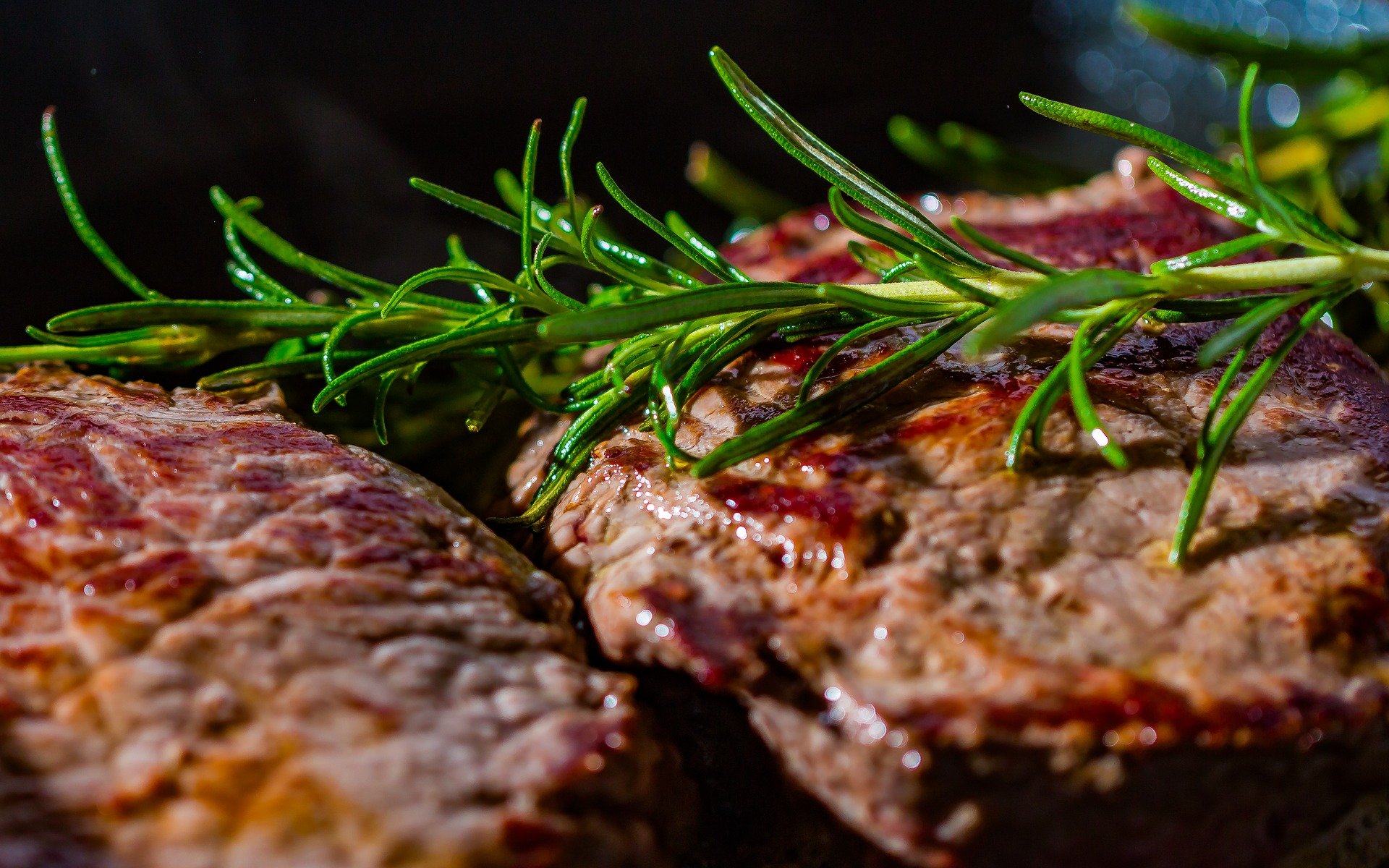
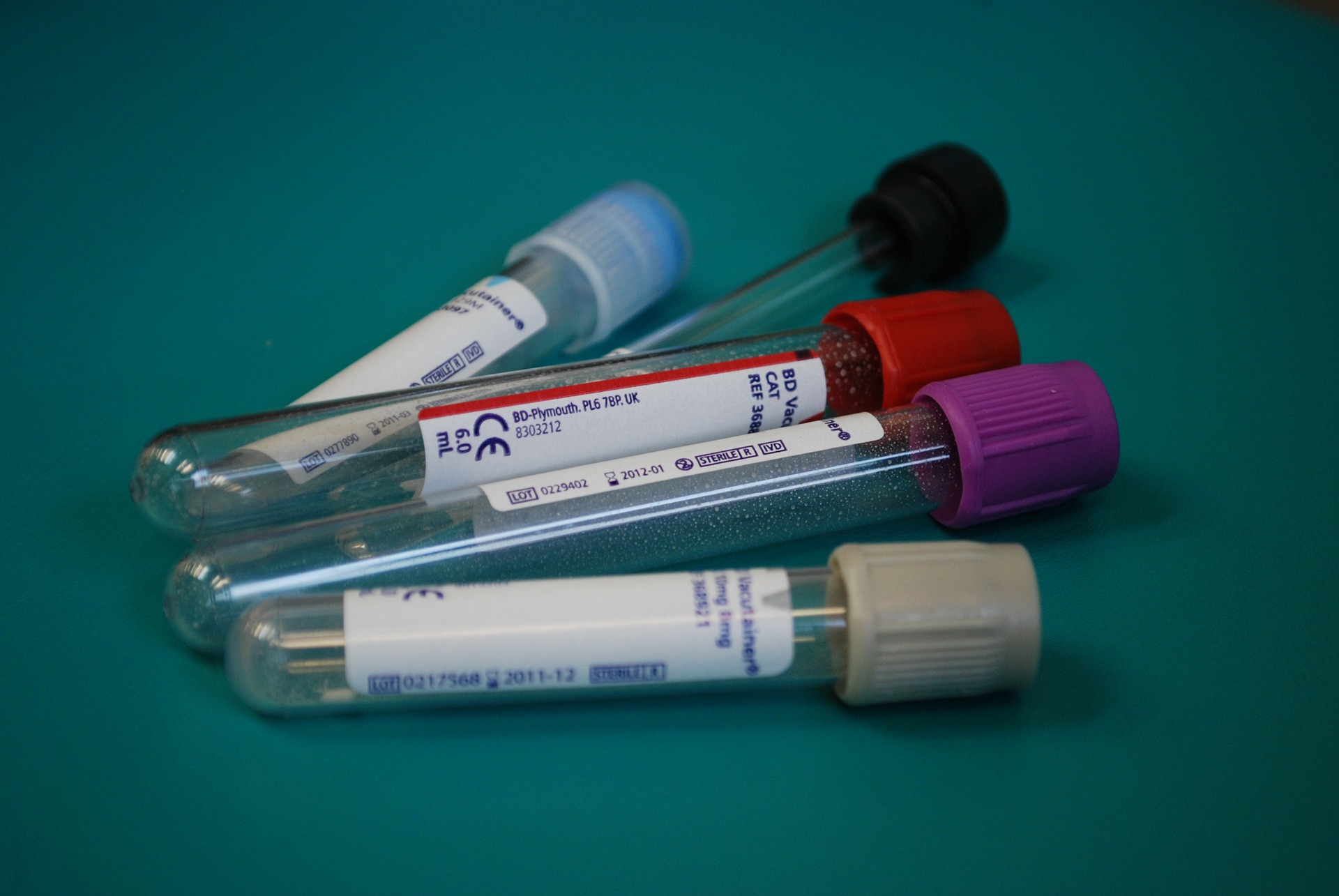



Comments and Discussion (Powered by the PricePlow Forum)